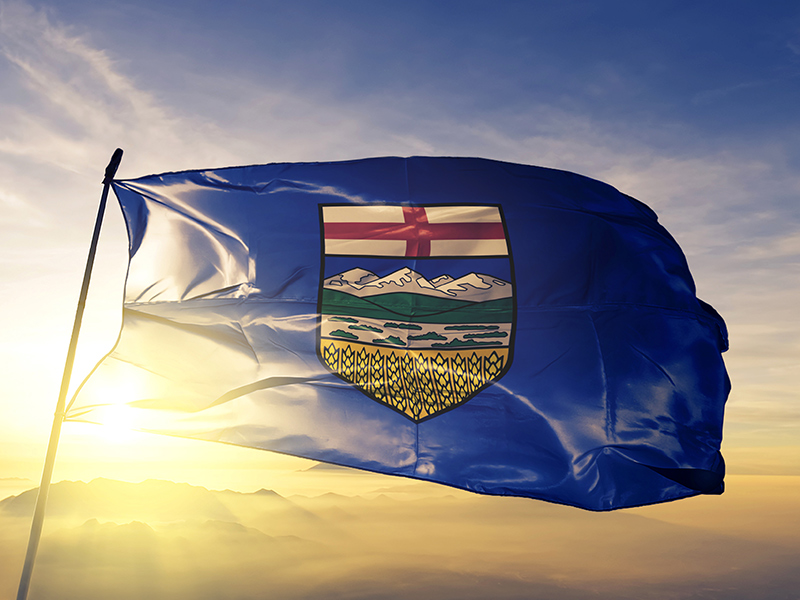
This article appears in the November 2020 issue of Investment Executive. Subscribe to the print edition, read the digital edition or read the articles online.
Alberta Premier Jason Kenney is beginning to reap the whirlwind of his government’s aggressive — and extensive — policy decisions. Kenney’s public approval rating has plunged as the province staggers under the weight of low oil prices, the Covid-19 pandemic and the provincial government’s skirmishes with educators, rural municipalities, doctors, nurses and other health-care workers.
Most recently, the governing United Conservative Party (UCP) put rural municipalities on the financial precipice by announcing a three-year break on property taxes for the oilpatch. Industry lobby group the Canadian Association of Petroleum Producers estimates the move will save its members — and, correspondingly, cost rural municipalities — up to $80 million.
This is on top of a $20-million property-tax relief program the province announced last December to support shallow-gas producers, the downloading of policing costs from the province to rural municipalities and an unresolved $173 million in rural property taxes that oil and gas producers have refused to pay during the economic downturn. Now is a tough time to be a local reeve.
All of this has led to Kenney’s support plunging to just 38% this past September from 60% in September 2019. (Both polls were conducted by the Angus Reid Institute.) Kenney now has the second-lowest approval rating of any premier in the country at a time when most have seen a pandemic-induced boost in popularity. The polls put the UCP in a dead heat with the opposition NDP.
Kenney, as usual, has come out swinging, claiming his policy moves were necessary in a province that has seen revenues plummet. Alberta now expects a record deficit of $24.2 billion this fiscal year — $16.8 billion higher than what was estimated in February’s provincial budget.
Kenney instinctively rails against the federal government and treats support for the oil and gas industry as an article of faith, chastising anyone who raises concerns about unfunded liabilities or ineffective corporate tax cuts. But getting further into bed with the oil and gas industry will do nothing for the prices of oil and natural gas, which remain the biggest determinants of Alberta’s financial health. Neither Kenney nor the federal government can do much to influence those prices.
Even the traditional bugaboo of insufficient pipeline capacity has lost its lustre, with both the Trans Mountain pipeline expansion to Vancouver and the Coastal GasLink pipeline to Kitimat, B.C., proceeding apace. When you include the work being done on Enbridge Inc.’s Line 3 replacement to the U.S. Midwest, there will be plenty of takeaway capacity for both oil and natural gas from Alberta soon — and that doesn’t factor in the possibility (however remote) that the Keystone XL pipeline proceeds.
Natural gas, the other bright spot for Alberta’s economy, has enjoyed fair or good prices for months, and we’re only now heading into the peak-demand winter season.
As of mid-October, 40 of the 80 rigs in Canada were drilling for natural gas. The total rig count is down by 45% from a year ago, which is bad, but not nearly as bad as in the U.S., where the rig count is down by 69%.
“Natural gas stocks have held up better than oil names during the correction over the last few months,” according to energy sector analyst Josef Schachter, who anticipates “strong [natural gas] prices this winter as storage in Canada is below normal.”
The recently approved $2.3-billion expansion of the NOVA Gas Transmission system between Grande Prairie and Red Deer, which allows more natural gas to flow to the U.S. and overseas, has also supported the price of natural gas.
Alberta faces long-term challenges as the world transitions from reliance on fossil fuels for transportation, a reality Kenney grudgingly acknowledges. But there will be a long, powerful tail to both the oil and natural gas industries in Alberta, leading to many peaks and troughs in prices along the way.
Uncooperative co-executor passed over by court
Case illustrates the risks of appointing multiple executors